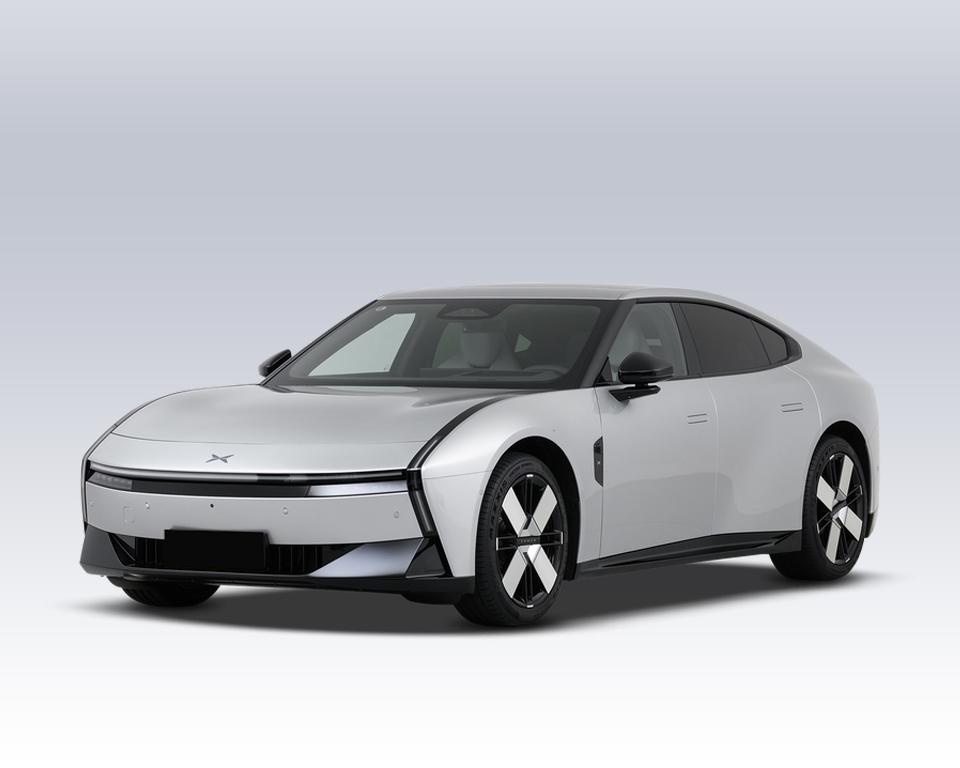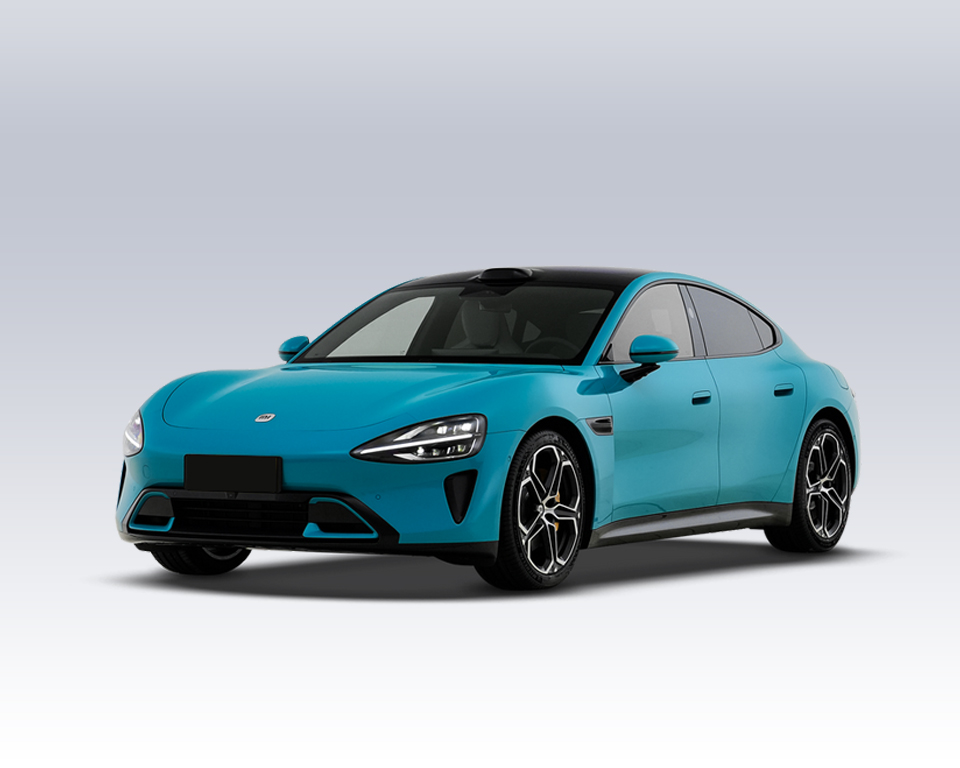What Factors Are Crucial for Extending EV Range?
With the booming growth of the electric vehicle (EV) market, driving range has always been one of the most critical factors consumers consider when purchasing an EV. However, the range is not just determined by the car’s design — the real key lies in the advancement of battery technology.
So, how can we extend the range of EVs? What are the most crucial influencing factors? Let’s dive into the science and technology behind EV batteries.
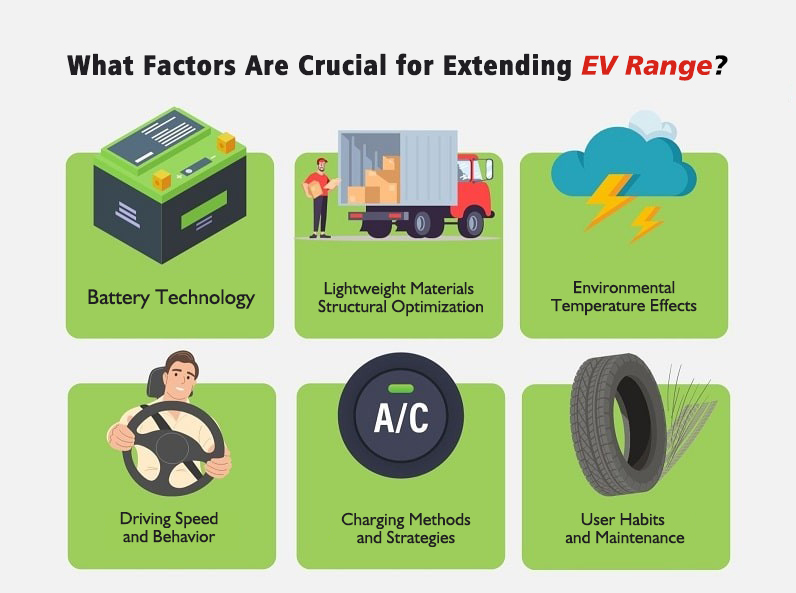
🔋 Battery Technology: The Core of Range Improvement
In an EV, the range is primarily decided by two fundamental properties of the battery:
How much energy it can store (capacity or specific energy density).
How efficiently it can release that energy (efficiency, power density, temperature dependency, degradation characteristics, etc.).
Let’s break this down further:
⚡ Battery Types and Electrode Materials
High-nickel cathodes (NCM/NCMA): Increasing nickel content raises specific capacity and improves energy density. However, it also reduces structural stability and increases safety challenges, requiring advanced coating, doping, and grain control technologies.
Silicon/graphite or silicon-carbon anodes: Silicon has high storage capacity but expands significantly during charge cycles, risking material cracking and shorter battery life. The challenge is balancing energy density with durability and safety.
Electrolyte innovations: While liquid electrolytes dominate today, they come with leakage and stability issues. Solid-state electrolytes (sulfide, oxide, polymer) promise greater safety, higher operating voltages, and longer lifespans. For example, solid-state batteries may exceed 400 Wh/kg in energy density.
All-solid vs semi-solid batteries: Companies like CATL in China are advancing sulfide-based solid-state batteries, with single-cell energy densities surpassing 500 Wh/kg, representing a 40% boost over today’s mainstream lithium-ion batteries. Semi-solid approaches aim to ease manufacturing and interface challenges.
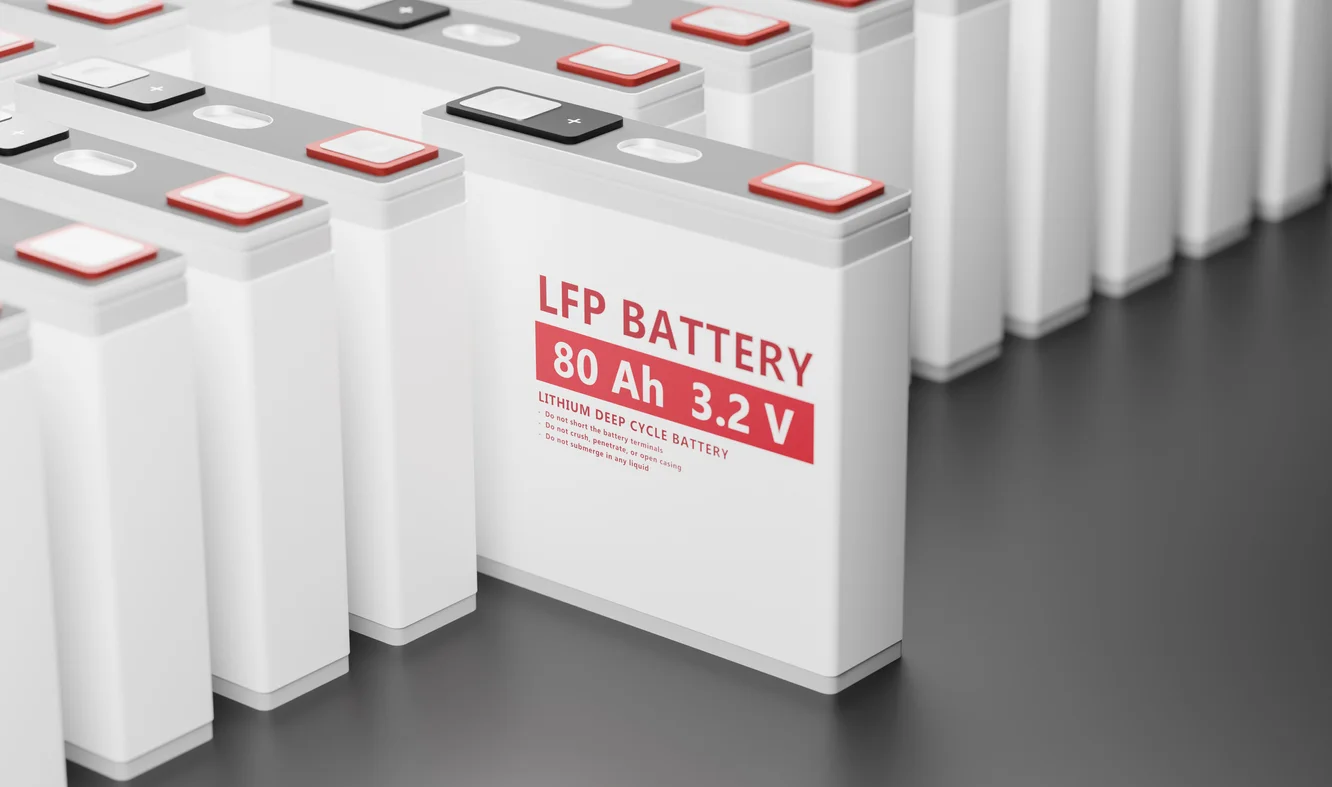
⚡ Gravimetric vs Volumetric Energy Density
Gravimetric density (Wh/kg): Determines how much energy per weight the battery carries. Higher values mean longer ranges without increasing overall weight.
Volumetric density (Wh/L): Determines how much energy fits within a given battery pack volume. This is crucial for compact EVs that must balance range with passenger or cargo space. Some solid-state battery prototypes achieve 800 Wh/L.
⚡ Safety and Thermal Management
High energy density must not compromise safety.
Thermal Management Systems: Advanced liquid cooling, heat pumps, and insulation layers keep batteries within optimal operating ranges, boosting both short-term performance and long-term life.
Battery Management Systems (BMS): Beyond monitoring voltage and temperature, modern BMS predict degradation, prevent thermal runaway, balance cells, and optimize charging speeds.
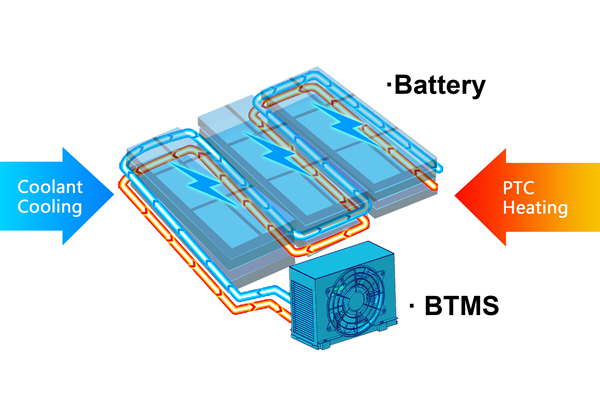
⚡ Emerging Technologies and Future Directions
Solid-State Batteries: Safer and more energy-dense, with commercialization goals set for 2027–2030.
Lithium Metal Anodes: Offer even higher capacity but face challenges like dendrite formation.
Sodium-Ion Batteries: Lower energy density but cheaper and more abundant, already considered for certain EV models.
Thin-film and structural innovations: New separator materials, porous electrodes, and coating techniques reduce resistance and enhance performance.
Fast-Charging Durability: Developing electrode structures that withstand high charging rates without overheating or degrading.
⚡ Degradation, Lifespan, and Reliability
Cycle life: How many charge/discharge cycles a battery can handle before capacity falls below 80%.
Calendar life: Capacity loss over time, even with little use.
Environmental stress: Extreme heat, cold, or frequent fast charging accelerate wear.

🚘 Other Key Factors Influencing EV Range
Beyond batteries, vehicle design, environment, and user behavior also significantly affect real-world range.
🌬️ Aerodynamics and Body Design
Drag coefficient (Cd): Air resistance rises with the square of speed. Even with a large battery, poor aerodynamics drastically cut range. Models like the Lucid Air achieve extremely low Cd values, boosting efficiency.
Streamlined design: Smooth underbodies, rear spoilers, and active grille shutters reduce drag.
Vehicle size/shape: SUVs, being bulkier, consume more energy than sedans at high speeds.
⚖️ Lightweight Materials and Structural Optimization
Materials: Aluminum, carbon fiber, magnesium alloys, and high-strength steels reduce weight while maintaining safety.
Chassis optimization: Lighter suspensions, reduced wheel mass, and integrated battery packs enhance efficiency.
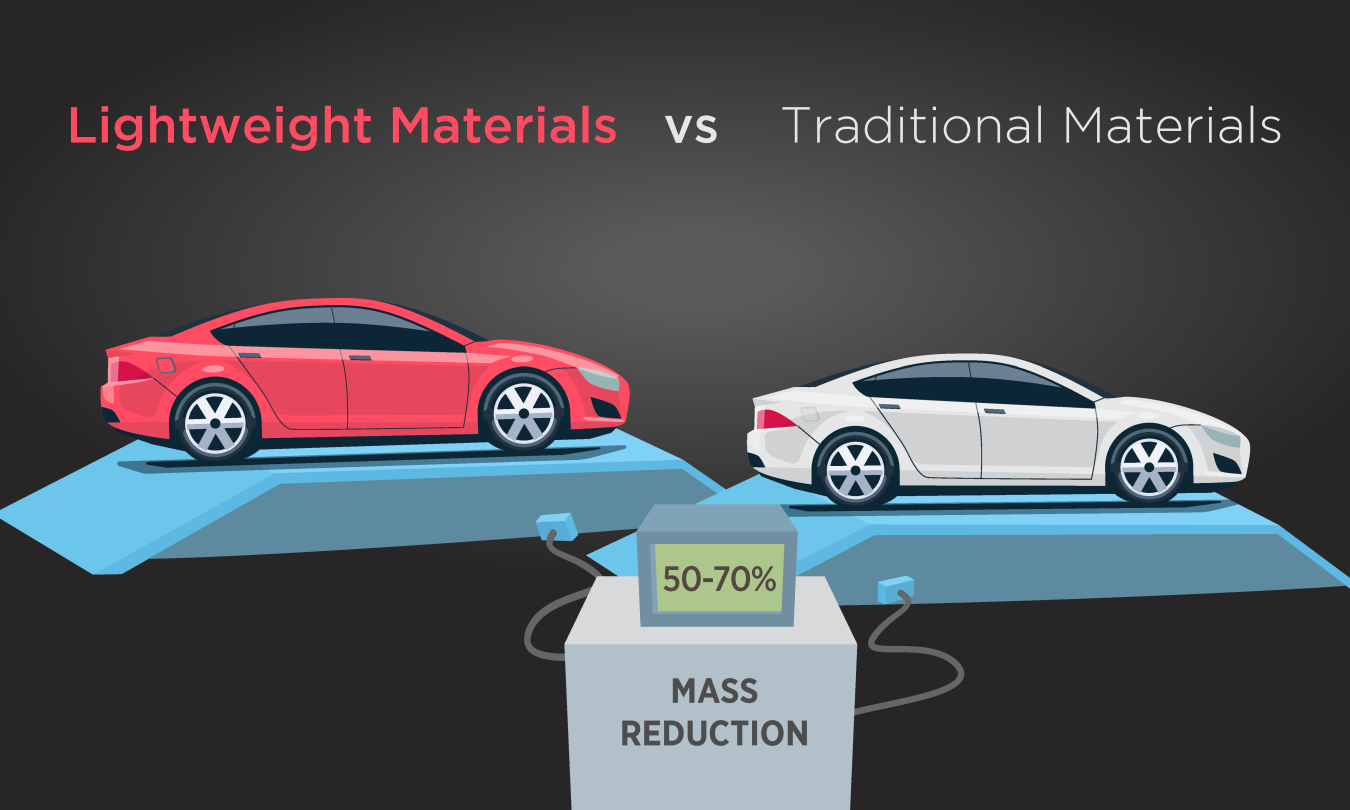
⚡ Efficiency of the “Three Electrics” (Motor, Control, Transmission)
Motor efficiency: Permanent magnet motors often perform better in cruising conditions.
Drivetrain: AWD offers power but increases consumption. Optimized gear ratios improve efficiency across different driving conditions.
Power electronics: Efficient inverters and cooling systems minimize energy loss.
🌡️ Environmental and Temperature Effects
Cold weather: Battery reactions slow down, increasing resistance and reducing range. Cabin heating also draws significant power, sometimes cutting range by 20–30%.
Terrain: Uphill driving or frequent stop-and-go traffic consumes more energy. Regenerative braking helps but has limitations.
🛞 Driving Speed and Behavior
High speeds: Jumping from 80 km/h to 120 km/h can reduce range by 20–40%.
Driving habits: Gentle acceleration and steady cruising conserve energy. Aggressive driving wastes it.
Tires: Low rolling resistance tires, now offered by brands like Michelin, significantly improve efficiency.
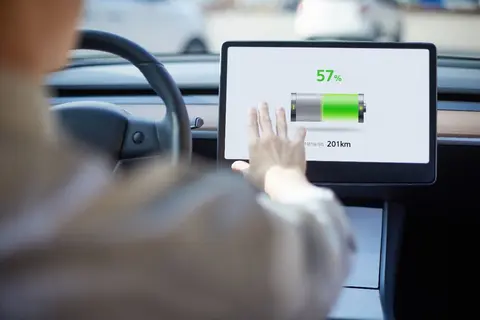
🔌 Charging Methods and Strategies
Fast charging: Convenient but accelerates battery wear if overused.
Smart charging: Staged or temperature-adjusted charging reduces heat and extends lifespan.
Infrastructure fit: Exporters must ensure EV fast-charging compatibility with the target market’s grid.
👤 User Habits and Maintenance
Battery health: Avoid prolonged 100% or 0% states of charge.
Pre-conditioning: Heating the battery in winter or cooling the cabin in summer saves energy during driving.
Load management: Extra weight, roof racks, or external accessories all increase drag and reduce range.
Interior systems: HVAC and seat heaters are among the largest auxiliary energy drains.
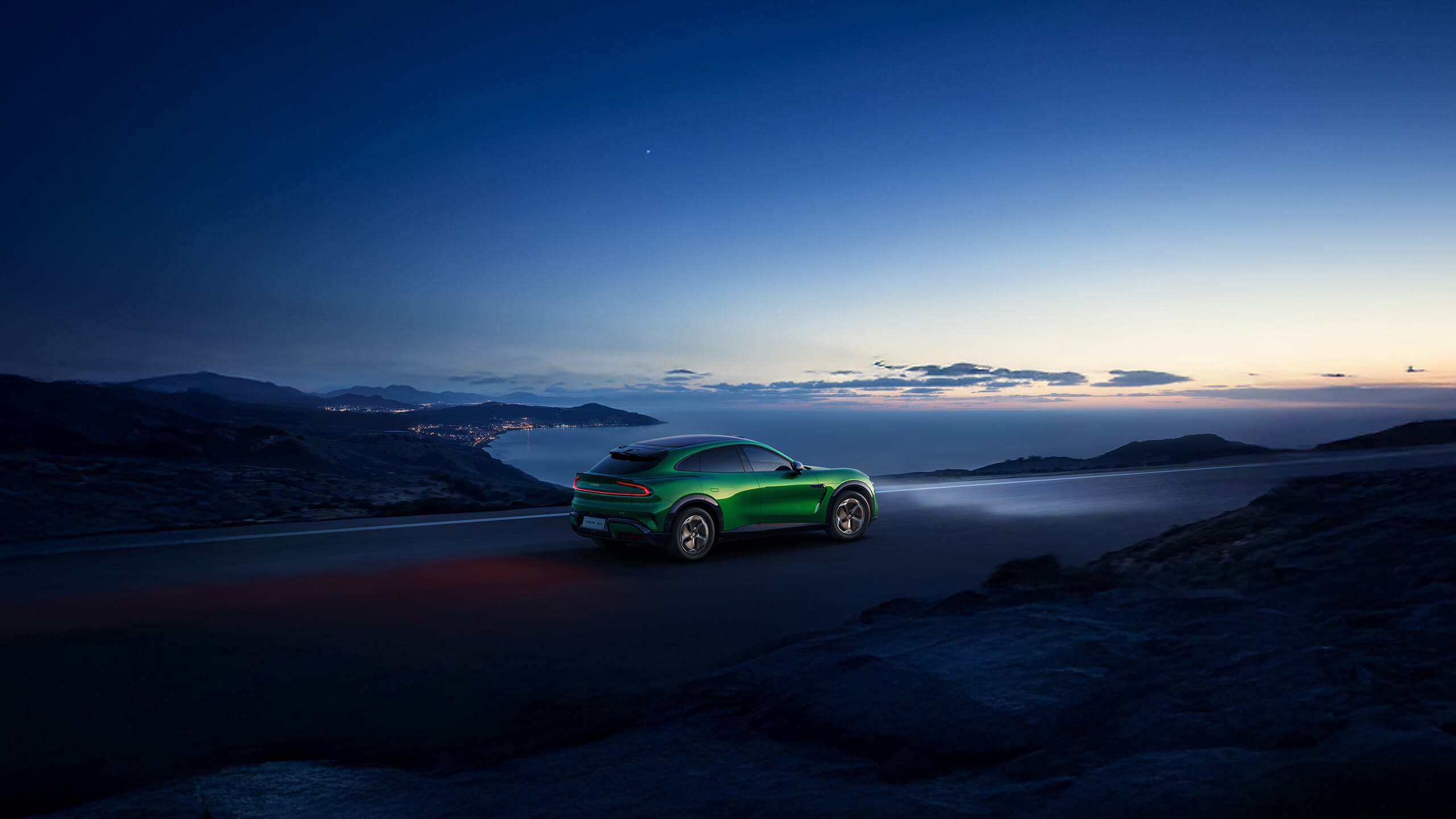
✅ Conclusion
From cutting-edge battery chemistry and management systems to aerodynamic design, driving behavior, and charging strategies, EV range is influenced by multiple interconnected factors.
It’s not about a single breakthrough — but rather the synergy of materials, design, technology, and user habits. With continuous innovation, we can expect EV ranges to keep improving, giving drivers longer distances and better experiences on every journey.
Please explore our blog for the latest news and offers from the EV market.



